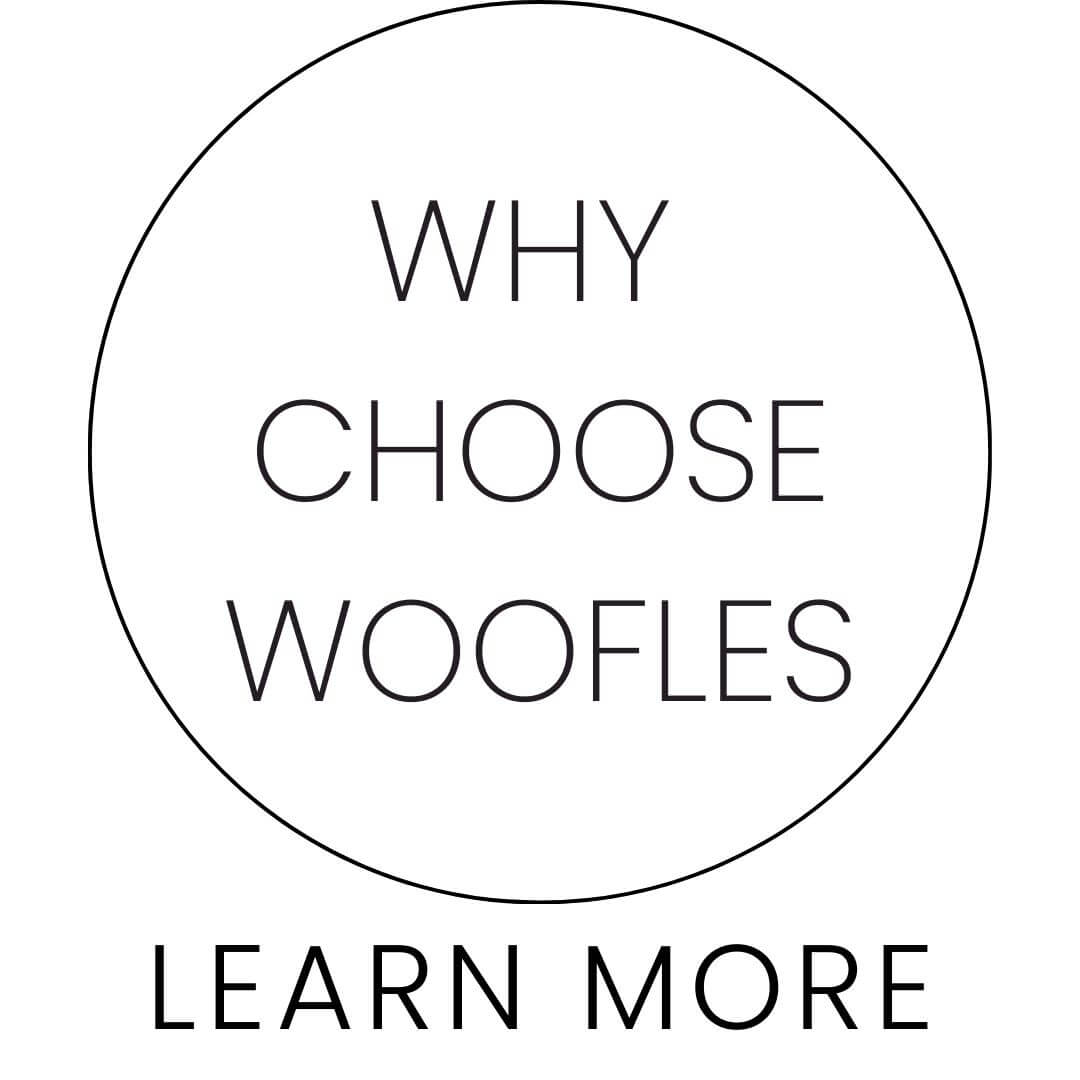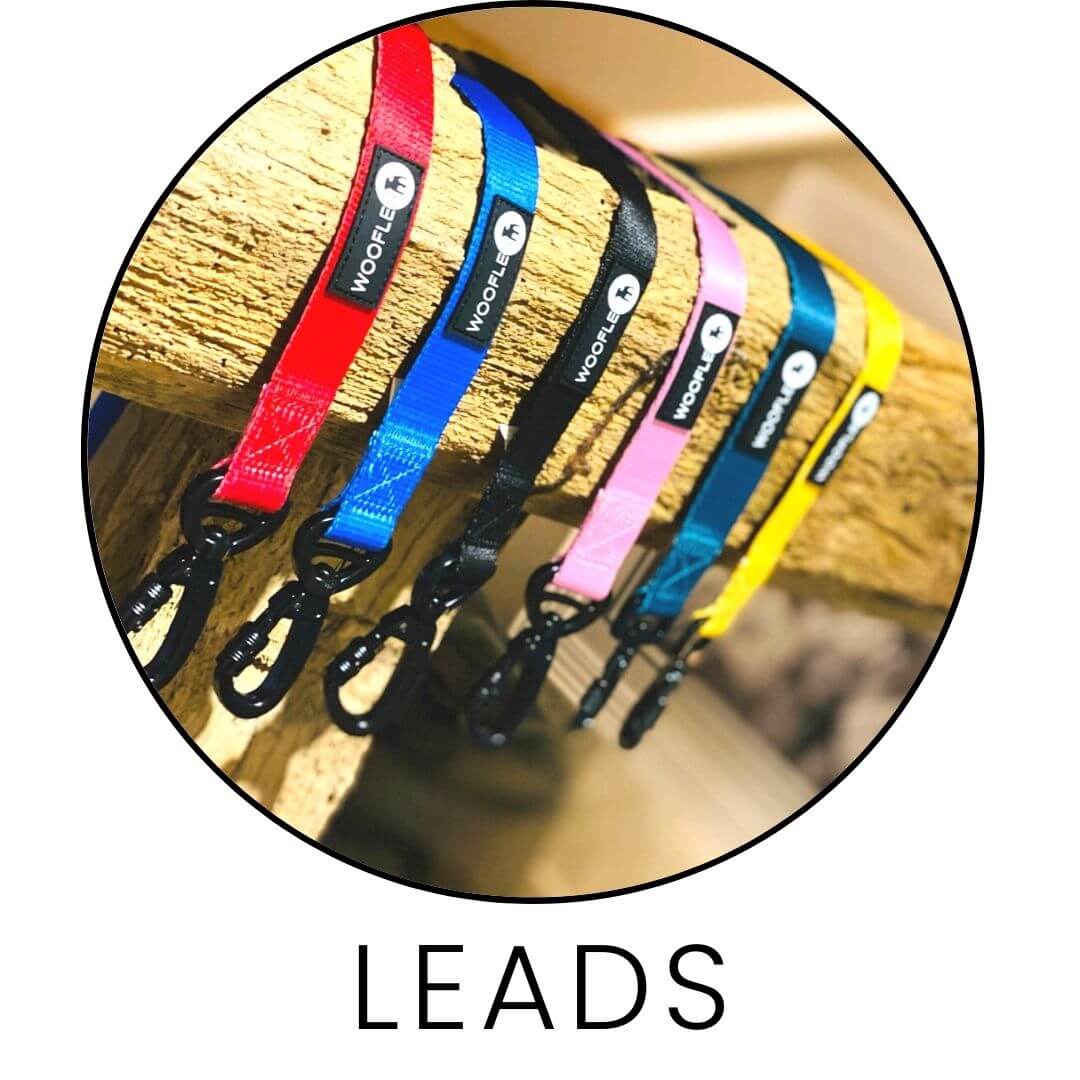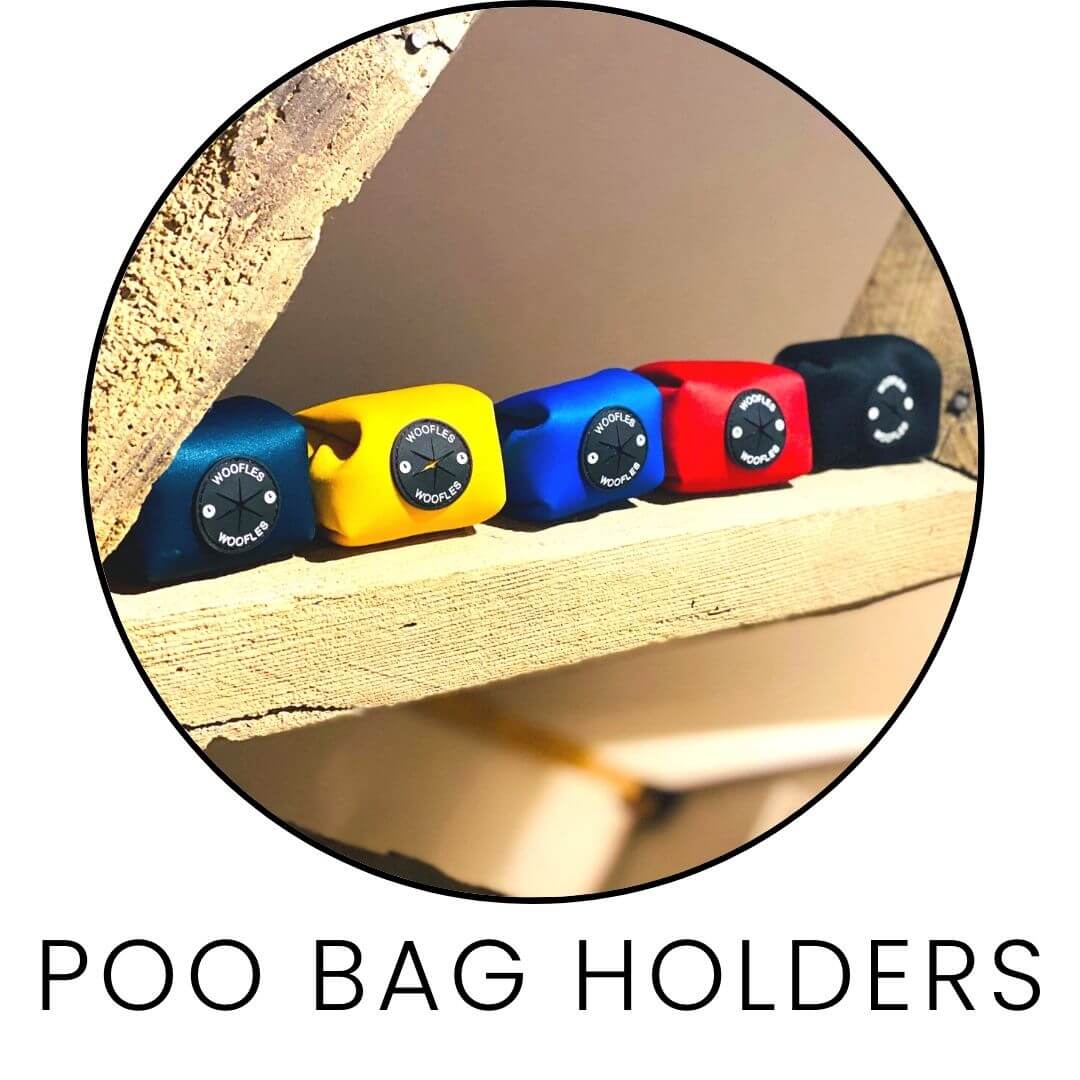
Choosing the right harness for your dog
You might be shocked to learn that despite the wide array of dog harnesses that are on the market, both in well known, nationwide pet shops and online, not all harnesses are the same nor are they all good for your dog.
Following advice from veterinary professionals and canine rehabilitation specialists, this article discusses the various types of harnesses that are on offer and the reasons why they are or are not suitable for your dog.
Non-Restrictive Dog Harness
Canine professionals believe that there are many benefits of using a dog harness, but it is imperative that a non-restrictive harness is used when exercising your dog. A non-restrictive harness allows the entire front leg including the shoulder joint to move. This type of harness gives you greater control over your dog and lets the front legs move over their entire range of movement. The non-restrictive harness should fit snugly, you should only be able to fit two fingers underneath all sides of the harness. If the harness is not fit like this, you are at risk of your beloved pooch wriggling free!
If your dog pulls or is not able to walk nicely on the lead, you should choose a harness with a d-ring on the back that is soft and padded so that no rubbing is caused. Another option would be to use a two point harness with a double ended lead, which can assist with training.

Recommended d-ring on the back of a non-restrictive harness

2 point Endurance harness that is non-restrictive and doesn't pass over the head
Restrictive Dog Harness
A restrictive dog harness, pictured below, has a straight band crossing the front of the dog, sitting over the shoulder joint. This restricts the movement of the front limb. This is problematic because after a while of having its front limbs restricted by the strap, your dog will alter its natural movement even when not wearing the harness. This is bad for any dog, and particularly bad for energetic dogs. This is something that you may not notice happening, but it will cause unnatural change.
An example of a restrictive harness that is not recommended canine professionals.
As well as the strap across the shoulders, many restrictive dog harnesses have a strap or plate across the back that presses on the shoulder blades. This also prevents free movement and can be a factor in bicep tendon problems. Recent research has shown that a restrictive harness reduces your dog’s stride length and foot pressure, increasing pressure even more on the shoulder blades.
Just imagine if you had a strap across your body!

An example of how restrictive a front strap harness is on both a dog and human.
Walking with a collar and lead
Recent scientific research and veterinary advice suggests collars also aren’t ideal for your beloved pet. Collars expose your furry friend to sudden jerking on the lead, particularly if they haven’t been trained to walk to heel yet. This can lead to injuries such as a crushed trachea, whiplash, fractured vertebrae and even permanent damage to the larynx. Being pulled on the lead or wearing a collar that’s too tight can lead to thyroid problems too. It’s important to remember that the neck is a sensitive and crucial part of the body for your pooch, just like it is for humans.
The benefit of a non-restrictive dog harness is that it takes away the pressure from your dog’s neck. This makes it less likely for them to be exposed to lead and pulling injuries. There are also many studies proving that using a harness prevents eye problems. Neck pressure can lead to increasing base-line eye pressure. This is especially important for brachycephalic breeds (short nosed breeds) such as pugs, shih-tzus, chihuahuas and French bulldogs.
Conclusion
Unfortunately, restrictive harnesses are promoted heavily as the “best dog harness” but this is not helpful at all for the dog or its owner as this information is not backed by scientific study, nor recommended by veterinary surgeons or canine professionals.
The message from dog professionals is clear; make sure you buy a secure, soft and comfortable non-restrictive harness for your dog and avoid the restrictive harness at all costs to protect the health and wellbeing of your dog.
You can view the full range of Woofles Vet and Vet Physio approved non-restrictive dog walk wear here.
References:
Amy Watson, MA, VetMD, CCRT, MRCVS
Pete van Dongen, Drs(Utrecht), CertVR, CCRT, MRCVS
Chris Zink DVM PhD DACVP DACVSMR CCRT CVSMT CVA
Canine Sports Production













